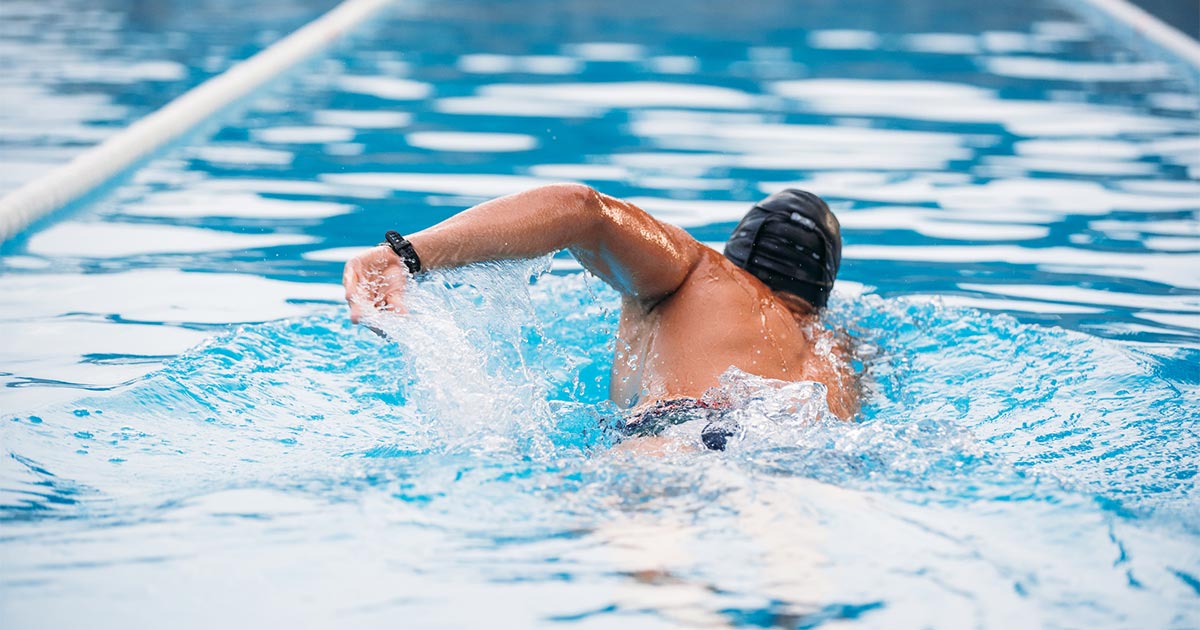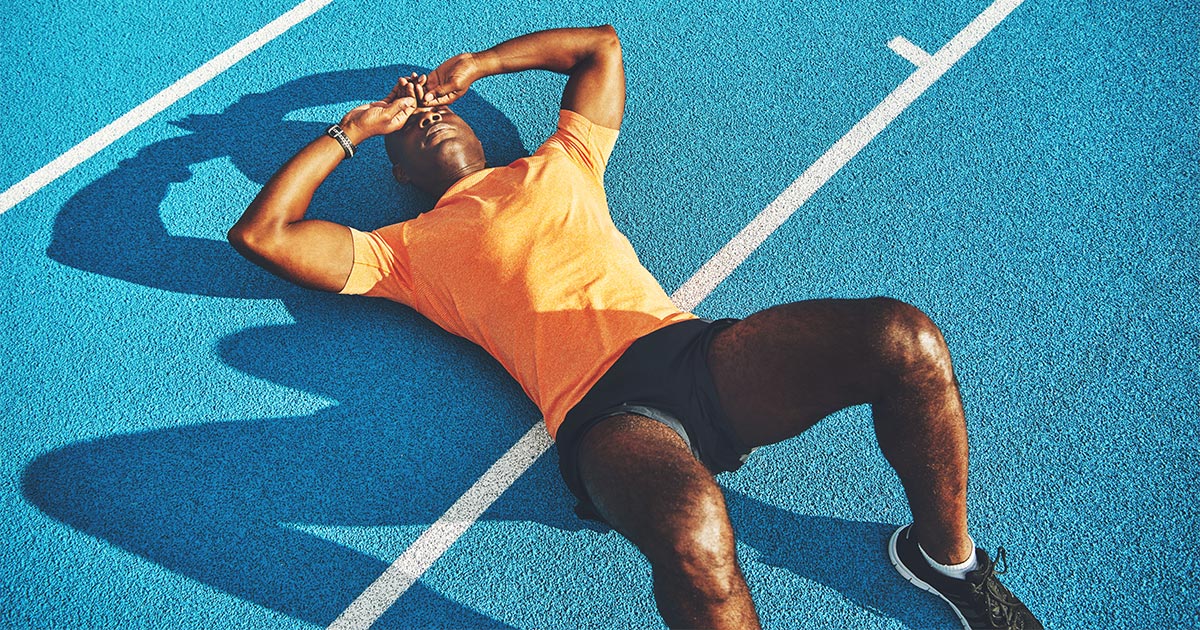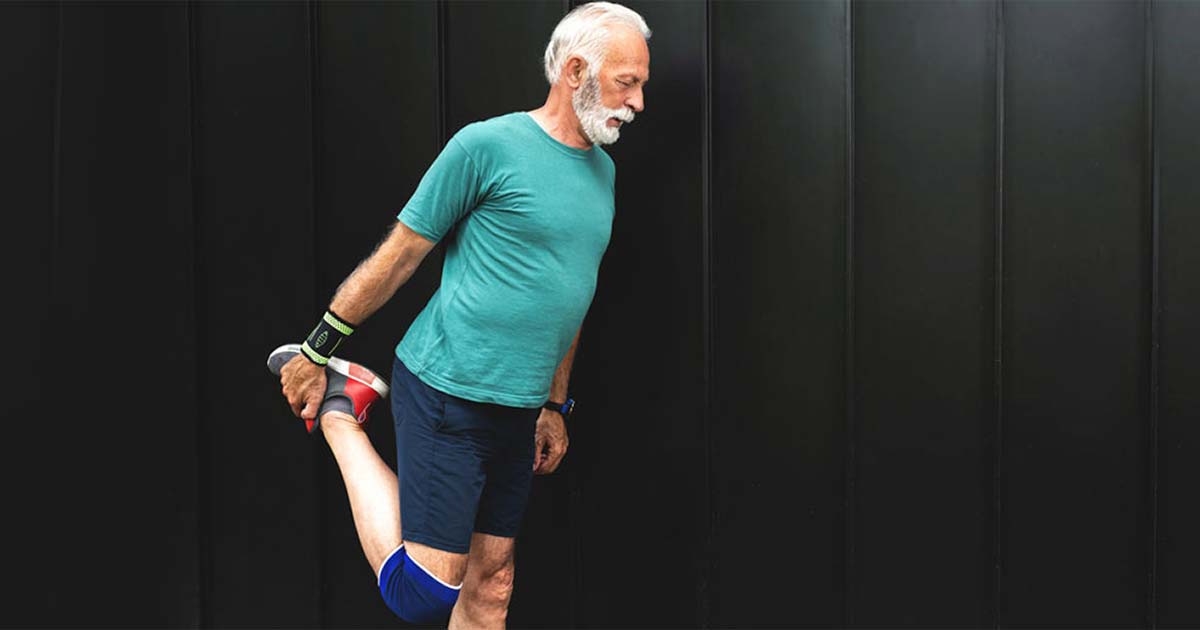Swimming Overuse Injuries and How to Prevent Them
Advice to improve your movement, fitness, and overall health from the world's #1 in orthopedics.
After watching some of the world's best swimmers compete in the pool, you may be inspired to give it a go yourself. Or perhaps you're already an active aquatics enthusiast. Either way, you probably don’t think of swimming as a sport that can damage the body. After all, experts often recommend it as a great low-impact exercise for those rehabbing from an injury or coping with a long-term issue.

But because swimming requires a series of repetitive movements, overuse injuries do occur. Scott Rodeo, MD, an orthopedic surgeon at Hospital for Special Surgery and a team physician for USA Swimming, shares details about the most common swimming-related ailments and how to prevent them.
Swimmer’s shoulder. This is the most common swimming injury, with reports of incidence of disabling shoulder pain in competitive swimmers ranging from 27% to 87%. It’s caused by the repetitive overhead motion required of almost every type of stroke, from freestyle to butterfly, which puts stress on the tissues around the shoulder. The rotator cuff, which allows you to raise and rotate your arm, becomes inflamed and tender, making it difficult or painful to move.
Low back pain. This occurs most often in those who do the butterfly and the breaststroke. Because these strokes require the head to lift while the hips and legs sink, swimmers often overarch their lower back to compensate, putting stress on the back muscles and ligaments.
Breaststroke knee. The mechanics of the stroke — facing the feet out while you extend and kick the legs — can cause the knees to externally rotate. This goes against the leg’s natural movement pattern, which can lead to knee swelling, inflammation and pain in the knees’ inner ligaments.
Foot and ankle tendonitis. This is a less-common overuse injury that affects the tendons in the front of the foot and ankle due to the repetitive kicking motion in butterfly, backstroke and freestyle.
Keep yourself healthy by always using the proper technique:
- Make sure your arm enters the water with your pinky finger first or your hand flat, avoiding rotating your arm. Entering the water with the thumb side down may increase the risk of shoulder pain.
- Don’t cross the midline of your body when your hand enters the water.
- Keep your hips toward the surface of the water to reduce drag.
- Move your body as one unit, with your head in line with your trunk.
- Breathe on both sides to distribute the load on your shoulders evenly.
- Roll your whole body to the side on which you are breathing in order to avoid excessive neck rotation.
- Keep your arm and leg movements smooth and clean, avoiding excessively wide or deep kicks.
You may also think about getting your technique analyzed by a coach who can take a look at your movement patterns and make sure you’re doing everything right. Sometimes even the most subtle change can help.
Outside of the pool, make sure you’re building strength in the muscles that support your stroke. In the weight room, focus on these three areas:
- Rotator cuff. One good option is internal/external rotation. Attach an exercise band to a stable surface, hold the band in one hand with your arm at a 90-degree angle, and rotate your arm in toward your chest and out in the opposite direction.
- Scapula (shoulder blade). Upright rows target this area. From a standing position, hinge forward at the hips, extend your arms down toward the floor with a weight in each hand, and pull the weights up toward your chest while bringing your shoulder blades together.
- Core. This includes the muscles of the lower back, pelvis and hips. Standard planks and sit-ups/crunches are your best option.
Finally, when you’re in the pool, alternate swimming strokes regularly to avoid overstressing one part of your body – do the backstroke one day and breaststroke another. Always warm up with some slow, light swimming for five to ten minutes before you dive into a heavier workout. After you’re done, cool down and finish with some gentle stretches for the low back and shoulders.



